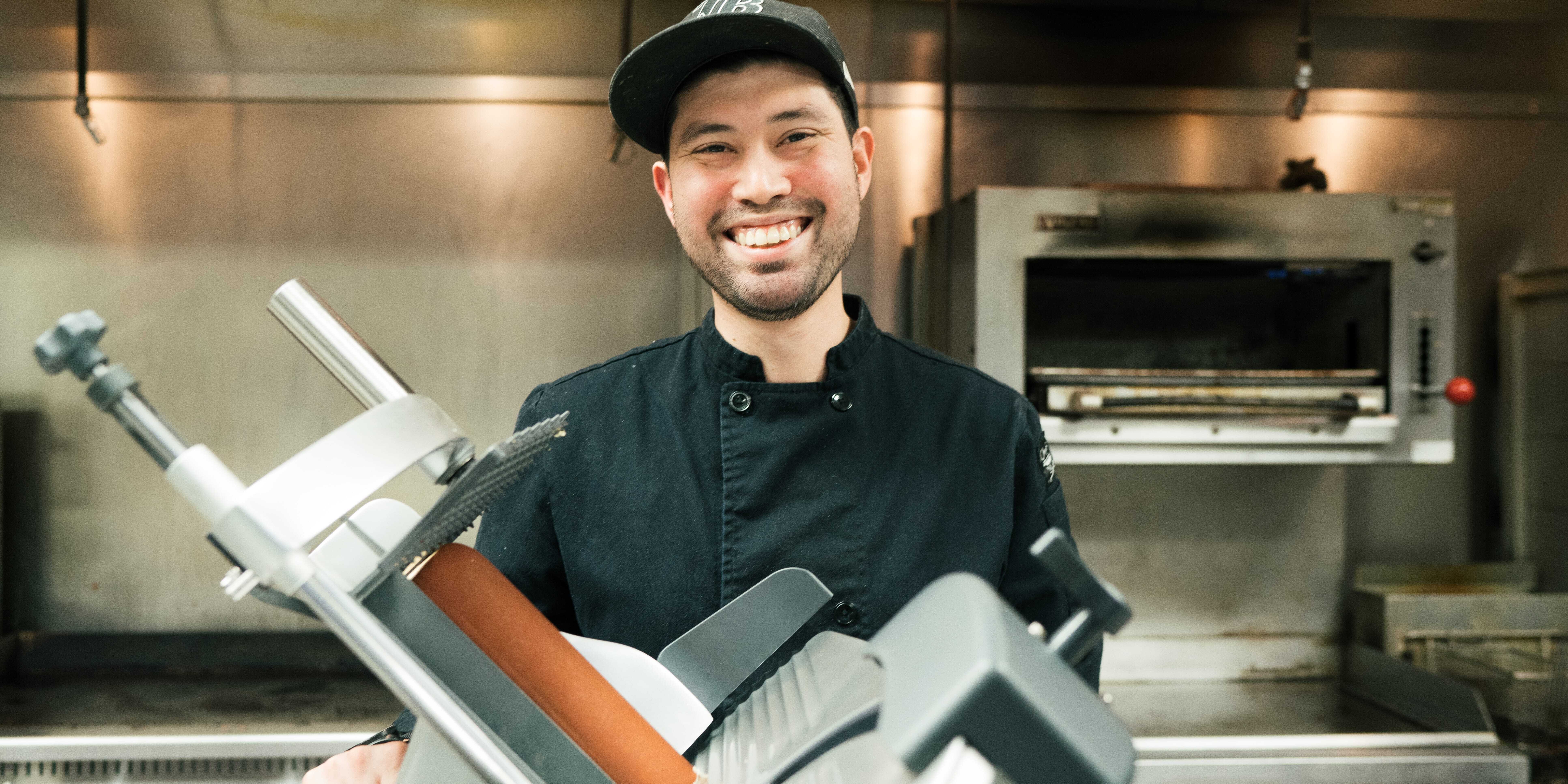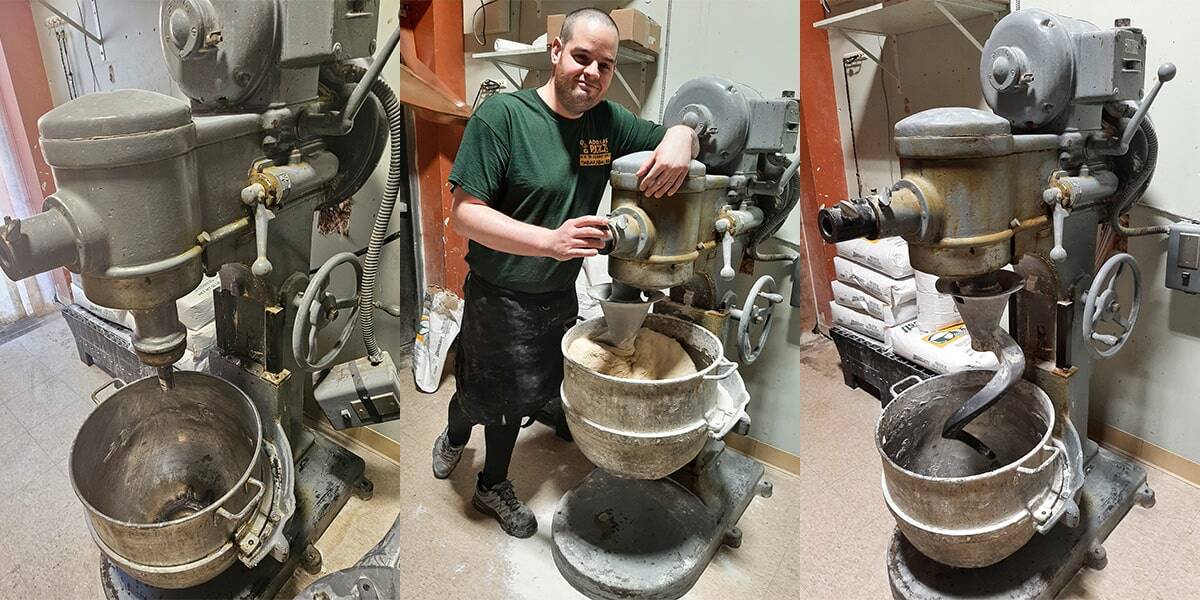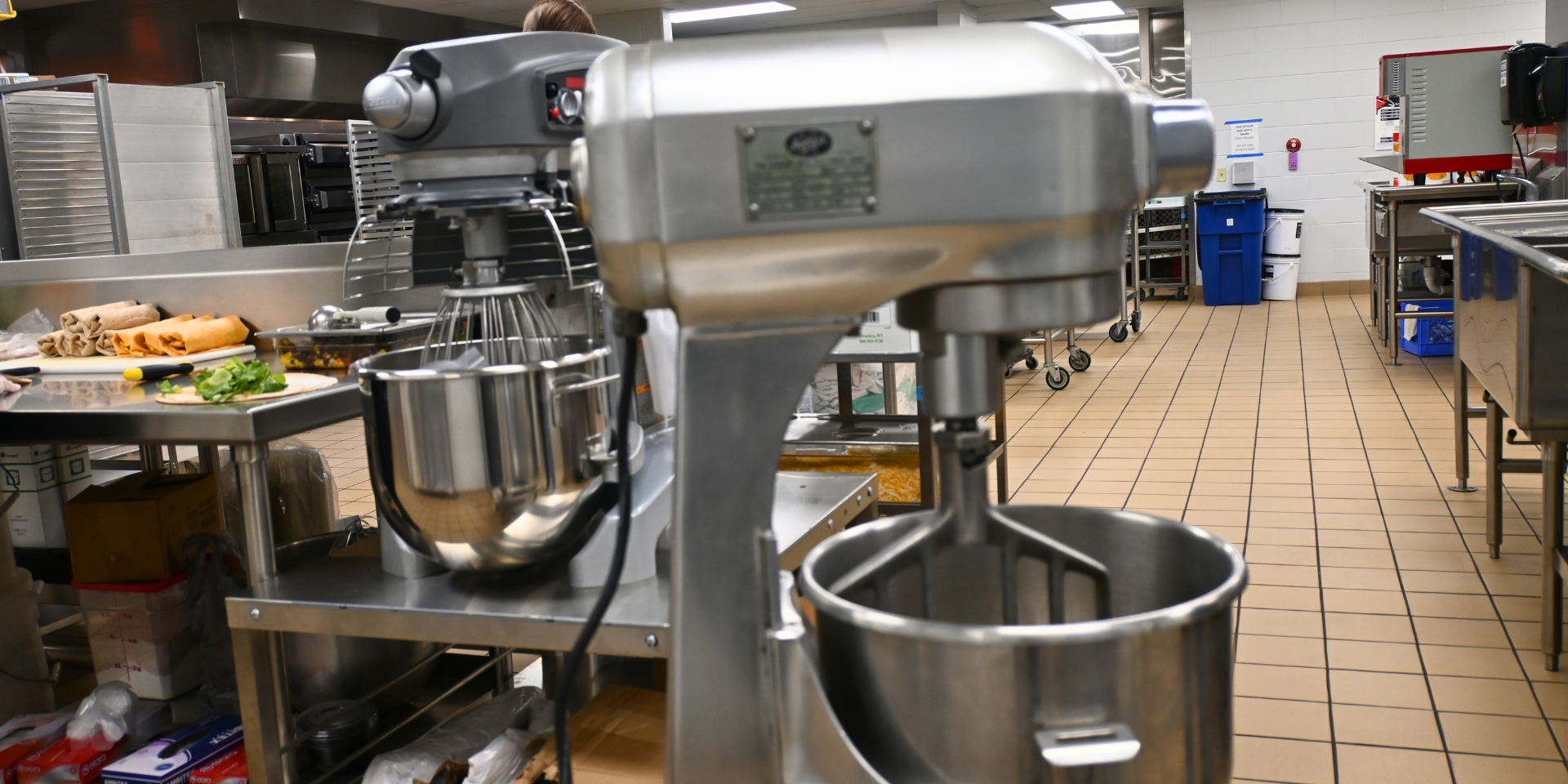The mixer is a staple in most every commercial kitchen—an equipment workhorse used for everything from bread and pastries to pizza dough. Whether you need a mixer that handles 12 quarts or 140 quarts, Hobart offers exclusive technologies that provide greater reliability and consistency.
A Legacy+® maximum heavy-duty mixer with VFDadvantage variable frequency drive can increase productivity, improve quality and deliver a lower total cost of ownership over the life of the equipment. These mixers offer reliability along with reduced maintenance and repair costs in the long term without sacrificing power, efficiency or speed.
How does a variable frequency drive motor work?
There are three types of drive systems commonly used in commercial mixers on the market. Consider the key differences among these types:
- A gear drive offers constant motor speed, and mixer speed is changed using gearing in the transmission. For example, if a 20-quart mixer has three speeds, the transmission requires three sets of gears: creating a complex multi-path gear train.
- A belt and variable pulley drive also uses a constant speed motor. A belt and a variable pulley are used to expand and contract to change mixer speed. This style often delivers inconsistent torque, since over time the belts stretch, causing slipping and inconsistent speeds. The belts need replacing after a certain number of hours of usage.
- A variable frequency drive (VFD) mixer uses a variable speed motor and a simple single gear train. The VFD design simplifies the transmission of the mixer, eliminating the need for separate sets of gears for each motor speed. The drive changes the frequency that the motor uses, which in turn determines its speed. A variable frequency drive motor uses a single gear train: a simplified design that results in reliable performance.
The flexibility and control provided by VFD technology offers benefits for many applications. A Legacy+ mixer with VFDadvantage can ramp up to various speeds, which is useful for recipes that require many different steps and mixing of ingredients. Operators can mix ingredients at a certain speed for a set time period—using the mixer’s digital SmartTimer™ feature—then add another ingredient and change the speed for another set time period.
Time savings
A key benefit of a Legacy+ mixer with VFDadvantage is the time savings and improved productivity it provides. Operators can mix up to 30% more in the same size bowl, depending on the application. It delivers more power to the bowl for excellent production time and consistent incorporation of ingredients.
In a standard drive mixer with constant motor speed, the mixer must be stopped to allow the user to change speeds by shifting the handle, then restarted. Stopping in the middle of a batch adds time to the process and can change the consistency of the ingredients, changing the food output.
VFDadvantage allows Shift-on-the-Fly™ technology; operators can easily shift speeds without stopping the mixer, so they can slow down or speed up the unit with a quick turn of the knob.
Less wasted product and cleanup time
Another benefit to VFDadvantage is the gradual acceleration it allows, which can reduce wasted product as well as time spent on cleanup in the kitchen. The technology supports a soft start that delivers electricity gradually until it’s at speed. This reduces the risk of ingredients splashing out during start-up.
Speed and power to meet mixing needs
VFDadvantage provides much greater control over speed and accuracy—resulting in consistent ingredient mixing and food output. An ultra-low stir speed allows ingredients to be incorporated slowly and thoroughly.
And because the drive controller in a Legacy+ mixer is constantly monitoring the system speed, it maintains steady speeds when mixing heavy loads such as pizza dough. Maintaining high torque is important to mix dough consistently, and a variable frequency drive motor is capable of applying the necessary torque across a wide range of speeds. It is also able to power through batch after batch without requiring a rest period.
Reduced repair costs
A Legacy+ mixer with VFDadvantage can lower total cost of ownership over the life of the equipment. Fewer gears means fewer components, improved reliability and fewer parts to fix or replace over time.
Also, this mixer uses a three-phase motor instead of a single-phase motor. A three-phase motor is more reliable because it doesn’t require a start capacitor or start switch like a single-phase motor does.
VFDadvantage provides maximum capacity overheat protection that can accommodate heavy jobs with confidence since it includes heavy-duty wiring and connections. These can handle more power while also reducing the impact of thermal cycling.
Technology to save time and money
Converting from a standard drive mixer to Legacy+ mixer with VFDadvantage can provide significant benefits that save time and money.
With great reliability, improved ease of use, reliable mixing performance and the flexibility to meet specific power and speed needs in the kitchen, these mixers deliver the results needed in most any commercial kitchen.
About the Author
.jpg?width=67&height=67&name=Bilger%20Carolyn%201%201x1-2_%20(002).jpg) Carolyn Bilger is the marketing director for Hobart – Food Preparation Products. She has been with Hobart since 2015 and sets the strategy for marketing and new product development for the full line of Hobart food preparation equipment. See all her blogs here.
Carolyn Bilger is the marketing director for Hobart – Food Preparation Products. She has been with Hobart since 2015 and sets the strategy for marketing and new product development for the full line of Hobart food preparation equipment. See all her blogs here.


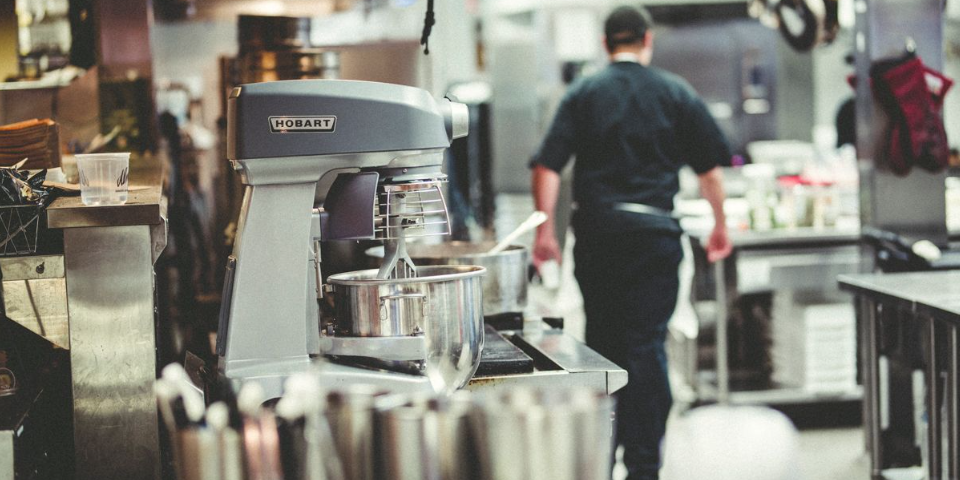

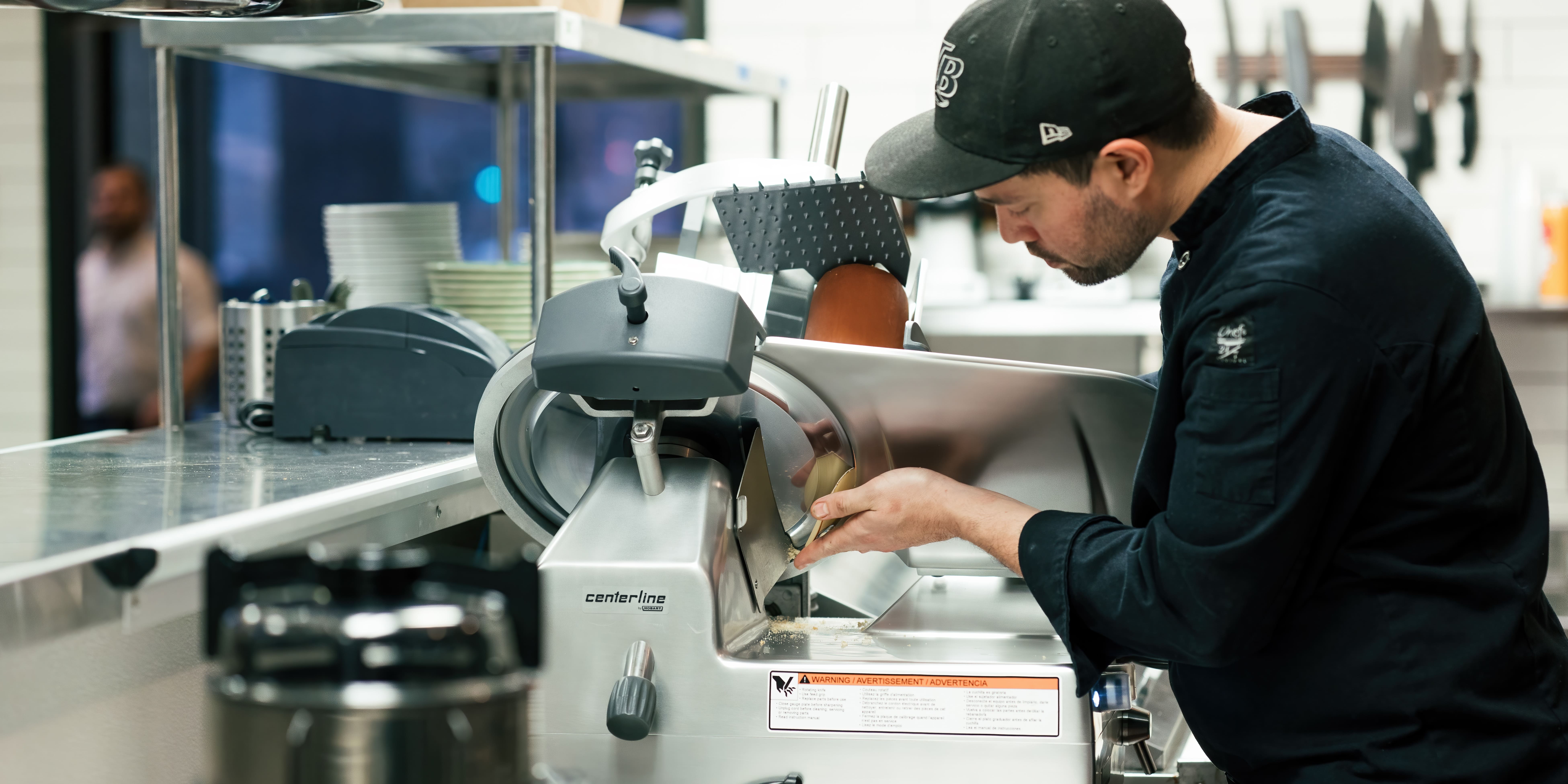
-min.jpg)
